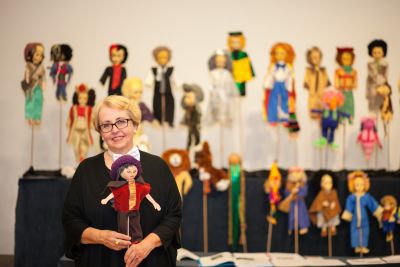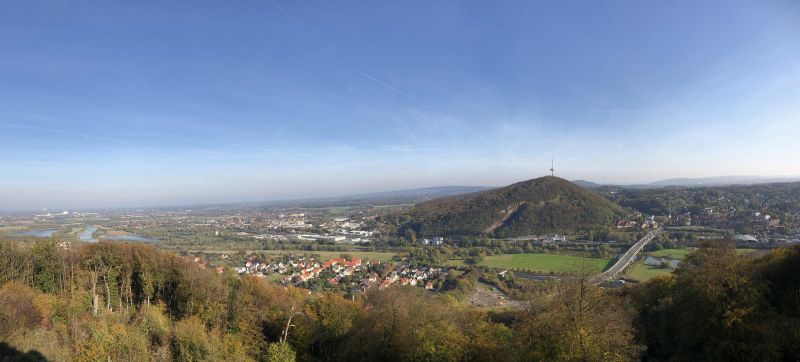Tales from the hills. The fate of Polish forced labourers at Porta Westfalica 1944/45
Mediathek Sorted






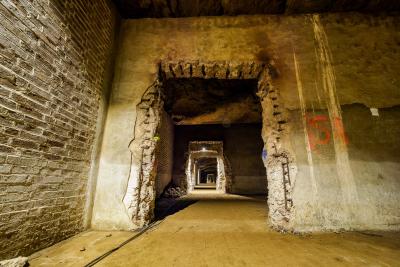
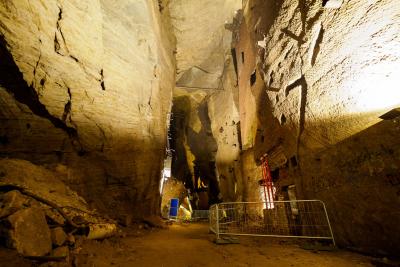

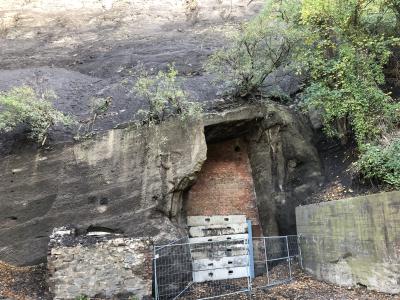

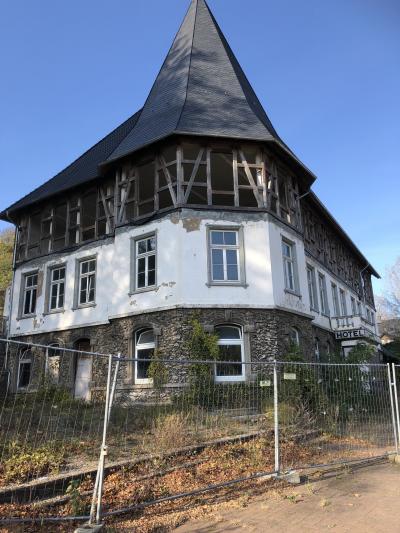

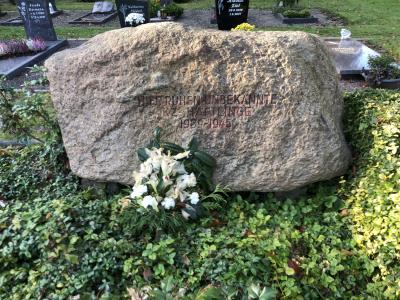

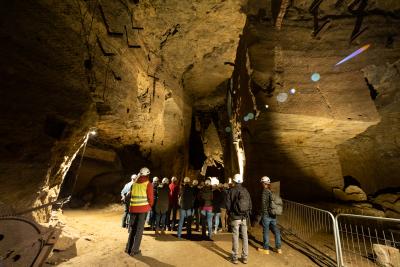

The fate of Polish forced labourers at the Porta, 1944/45
To date, it has been possible to trace the names of 34 people of Polish origin among the concentration camp inmates interned at the Porta. Their names have been gleaned from documents and witness reports. Registration cards and the prisoner personnel forms show the names of 19 Poles in total who were on the first train to the Porta from the Buchenwald concentration camp.[40] Three other Polish forced labourers are important contemporary witnesses for the work of the KZ-Gedenk- und Dokumentationsstätte Porta Westfalica e. V. association. Their stories can be found in the portal.[41] One of these three, Wiesław Kielar, wrote down his recollection of his incarceration in multiple concentration camps in his memoirs, making him a well-known autobiographer of concentration camp life.[42] His accounts made it possible to identify six further Polish concentration camp prisoners, whom Kielar already knew from his time at Auschwitz, and who, like him, were forced to work at the Porta. The account by Henryk Stróżyk also revealed another Polish concentration camp inmate.[43] Thanks to a document found in the Porta Westfalica archive, a newspaper article, it was possible to identify a Polish concentration camp inmate at the Porta who returned there about 30 years later.[44] The death register at Barkhausen registry office also contains the name of another Polish prisoner for the year 1943/44, who was interned in the Barkhausen camp.[45] Finally, the death register of the Neuengamme concentration camp memorial site contains the names of three other Poles who were interned at Barkhausen and who died there.[46]
Four stories now follow from Polish forced labourers at the Porta whose accounts have been recorded.
[40] See Teilbestand 1.1.5.3, Individuelle Unterlagen Männer Buchenwald, 01010503 oS, ITS Digital Archive, Arolsen Archives.
[41] See KZ-Gedenk- und Dokumentationsstätte Porta Westfalica: Zeitzeugen, in: https://www.gedenkstaette-porta.de/?page_id=6, last accessed on 13/2/2020.
[42] See Kielar, Wiesław.
[43] See Stróżyk, Wojciech, p. 18.
[44] See Lüdde, Wolfgang: Fahrkarte in die Vergangenheit. Die Geschichte eines ehemaligen Zwangsarbeiters, der noch einmal die Porta Westfalica wiedersehen wollte (Stern No. 40, article from 24/4/1972), in: Stadtarchiv Porta Westfalica.
[45] See Sterbebuch des Standesamtes Barkhausen a.d. Porta 1943/44, in: Kommunalarchiv Minden, PStR2, C11.
[46] See Totenbuch des KZ Neuengamme, in: https://www.kz-gedenkstaette-neuengamme.de/geschichte/totenbuch/die-toten-1940-1945/?tx_registerofdeaths_registerofdeaths%5Bcontroller%5D=Person&cHash=3f4f7b23dcee4fed1c7ff71ea878b629, last accessed on 25/2/2020.

